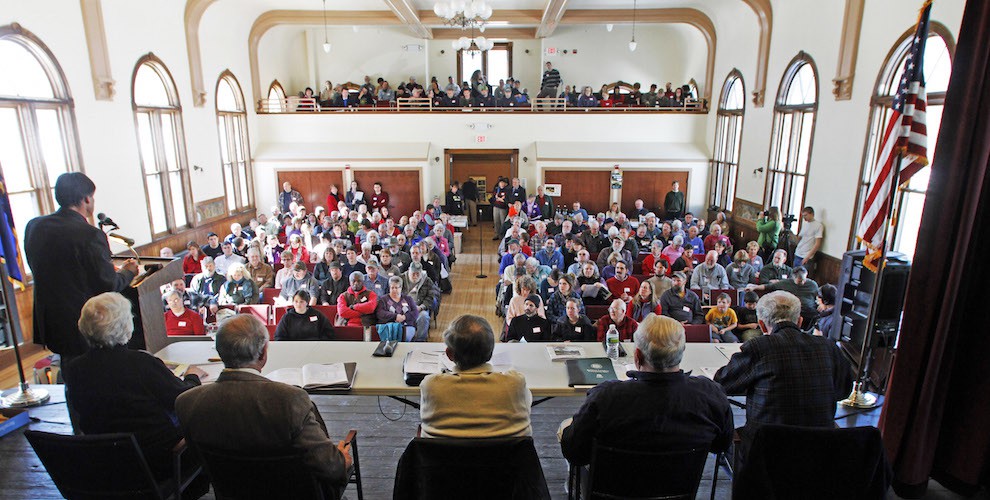As part of a community foundation, you will face lots of challenges in 2019. Investment returns are anemic; asset growth is slowing; and, the field is up against increased competition from commercial donor advised fund providers. But the next crisis you face may be caused by elasticity.
What?
With the Tax Cuts and Jobs Act of 2017, by some estimates more than 25 million households will no longer be able to deduct charitable contributions when they file their taxes. That’s because the standard deduction has soared to $24,000 for a joint return, and $12,000 for a single return. If a taxpayer does not have itemized deductions beyond that amount (typically, mortgage interest, charitable contributions and state and local taxes), then they use the standard deduction.
What does this mean for charitable giving? It means that 25 million households – most of whom have incomes ranging from $100,000 to $500,000 – will no longer be able to deduct charitable gifts when they file their taxes. In a very real sense, the “cost” of making a charitable gift just went up. If this leads to a drop in charitable giving, charities could face a significant crisis as donations plunge.
Take the example of a family with total income of $200,000. Assume they itemize, and they typically make $10,000 in charitable gifts each year. That $10,000 is an itemized deduction and, with a marginal tax rate of 28%, the net “cost” of those gifts is $7,200 ($10,000, less a $2,800 tax break).
With the new tax law, however, this couple will likely take the standard deduction, and won’t itemize their charitable gifts. That means there will be no tax cut offset for their $10,000 gift. In effect, that level of charitable giving costs them 28% more.
This is where the concept of “elasticity” comes in. Price elasticity of demand is an economic measure of the change in the quantity demanded or purchased of a product in relation to its price change. If the price elasticity of a product is -0.5, then a 10% increase in the price of a product will lead to a 5% decrease in the amount of the product sold.
Charitable giving is a product, and, with the tax reform act, for 25 million households the price of that charitable giving just went up. So, how much will charitable giving drop?
That’s hard to say. Some of the best work in this area is done by professors Jon Bakija of Williams College and Bradley Heim of Indiana University. In a recent paper (see source below), they conclude “peoples’ decisions about how much to donate to charity are influenced significantly by tax incentives”. While the result depends on factors such as income levels and whether the change is permanent or temporary, the research indicates the price elasticity of demand for charitable giving may be in excess of -1.0 – meaning that a 28% increase in the price of charitable giving could lead to more than a 28% decline in charitable gifts. Looked at another way, if these estimates are correct, the donors in our example above will decrease their annual charitable giving by at least $2,800. If millions of households react in this way – well, you can see the crisis this may cause for community foundations, and for the entire charitable sector.
So what does this all mean? We may not know for a while. It may be that we need to go through a couple of tax preparation cycles before the reality of the new tax environment is fully understood. And, economists will tell you that the drop in charitable giving due to the new tax law will be offset – somewhat – by the fact that donors will have more money in their pockets. (That effect is measured by a different elasticity – the income elasticity of demand, which should cause charitable giving to go up as people feel wealthier).
It might be too soon to determine if the new tax laws will cause a crisis for charitable giving. Donors may be deeply committed to the charities they support, and they may continue their giving despite the new laws. It’s probably fair to say that those charities that have done the best job of building a strong relationship with their donors will suffer the least.
As John Kennedy said nearly 60 years ago, there’s two ways to look at a crisis. When written in Chinese, the word “crisis” is composed of two characters. One represents danger. The other represents opportunity.
Source: How Does Charitable Giving Respond to Incentives and Income? New Estimates from Panel Data; Jon Bakija and Bradley Heim; National Tax Journal, June 201
